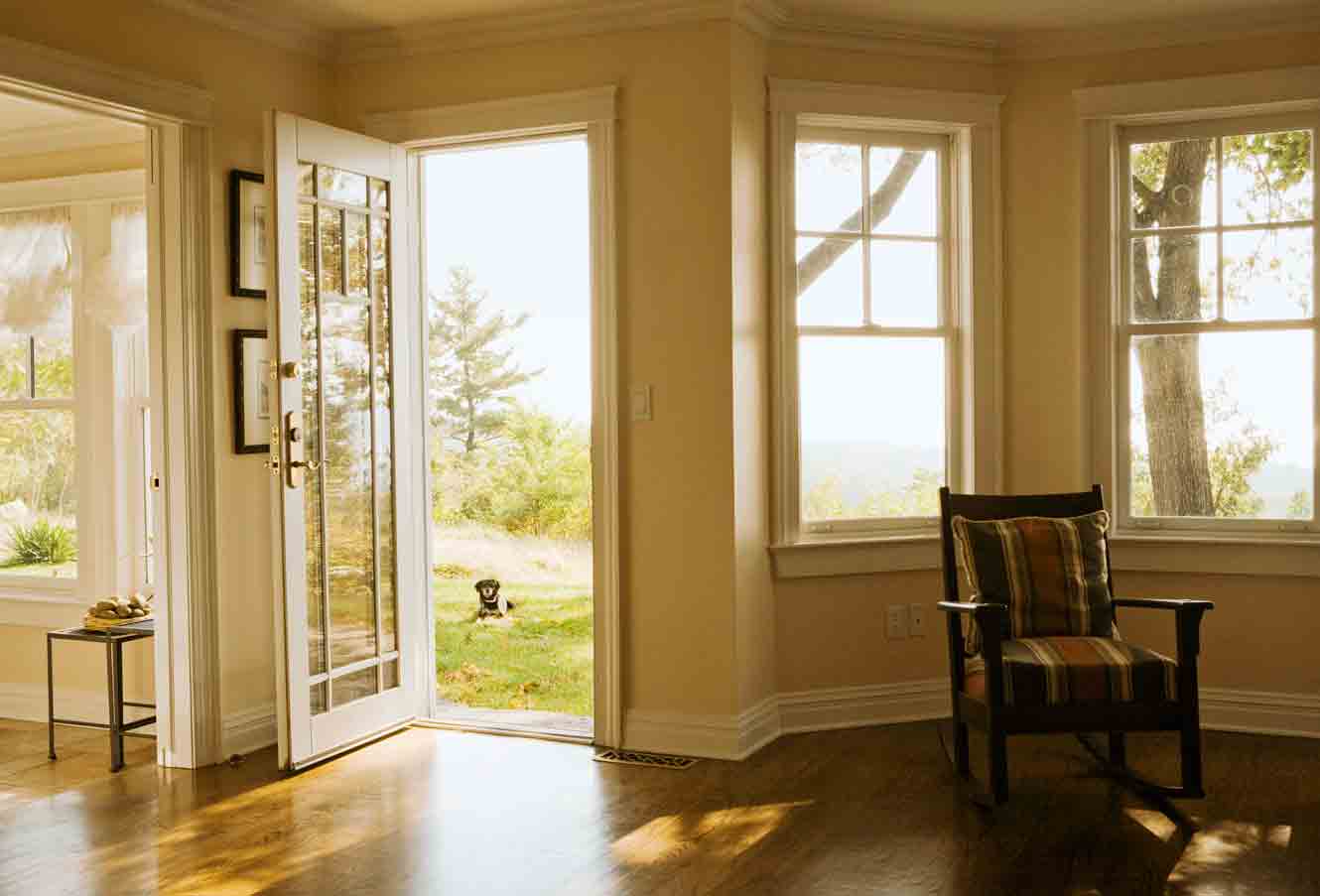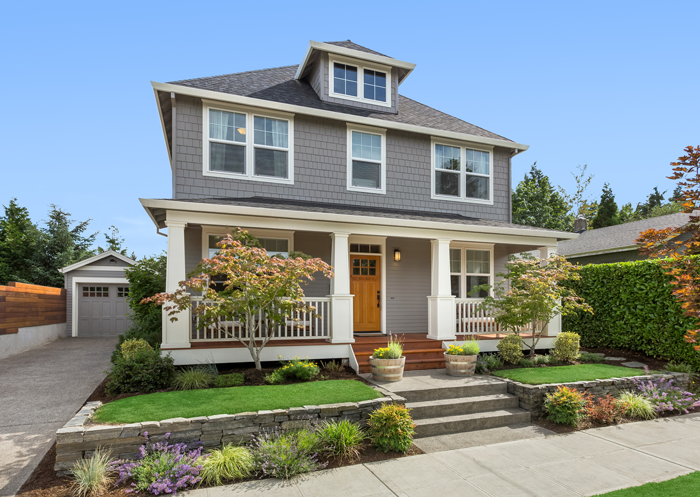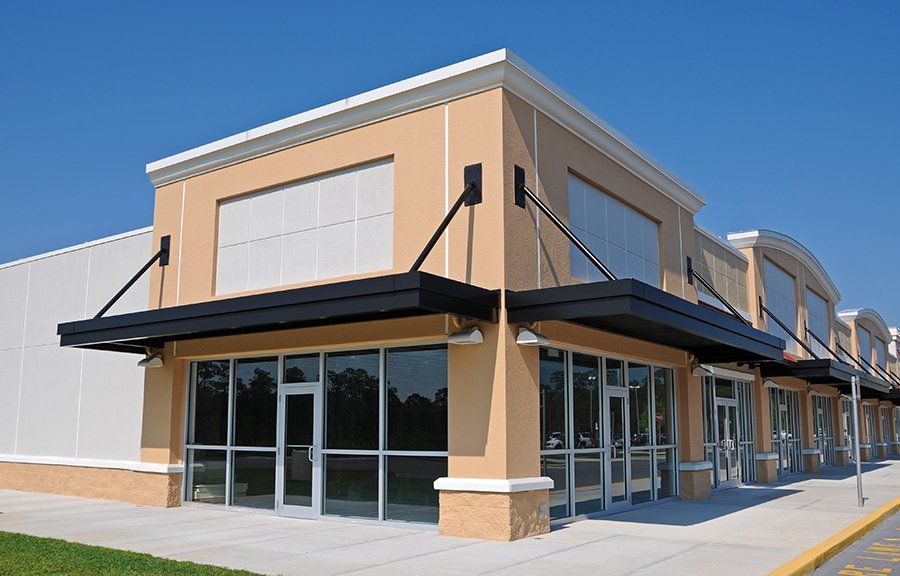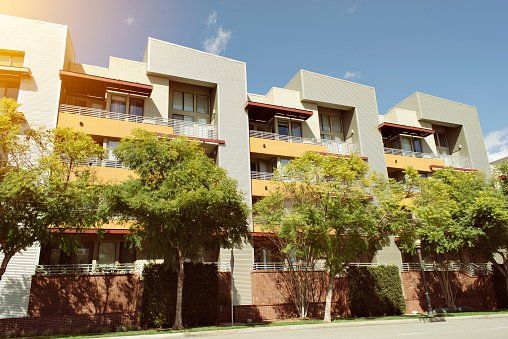1. Dwelling Coverage
Dwelling coverage is the portion of a homeowners insurance policy that insures the main building on your property, or your home itself. Depending on your policy's terms and conditions, this coverage will protect your home from perils like fire, theft, vandalism, and wind.
When selecting dwelling coverage, you'll have several potential limits to choose from. You might get coverage equal to the:
- Balance remaining on your mortgage
- Fair-market value of your home
- Cost of rebuilding your home
- Cost of rebuilding your home after a major disaster
Rebuilding your home after a major disaster frequently costs more than rebuilding after an incident that affected only your home does because after a disaster materials and laborers are in high demand. Both costs are often more than a home's fair-market value.
You should at least get dwelling coverage that's equal to your home's fair-market value. Any lower amount of coverage leaves the money you've invested in your home unprotected. If you couldn't afford to have your home rebuilt, getting even more coverage is wise. If you could pay the additional rebuilding costs, you may choose to self-insure against these potential expenses.
2. Personal Property Coverage
Personal property coverage protects your belongings. If you have a family, everyone's belongings will be protected by your policy.
Most policies set their personal property coverage limit to a percentage of the dwelling coverage limit. The percentage is often 50 percent. Thus, you'll likely get $100,000 worth of personal property coverage from a policy that has a dwelling coverage limit of $200,000.
For most homeowners, the amount of personal property coverage offered by homeowners policies is more than sufficient. If you have a particularly expensive collection, however, you might need to increase the personal property limits. This usually involves little more than selecting a higher percentage and paying the associated premium increase.
3. Secondary Structure Coverage
Secondary structure coverage offers protection from the same perils that dwelling coverage protects against, but secondary structure coverage extends protection to non-primary structures on your policy.
Non-primary structures are any permanent fixtures that aren't attached to your home. These might include:
- Boathouses
- Detached garages
- Fences
- Gazebos
- Storage sheds
Not all homeowners need secondary structure coverage, so homeowners insurance policies don't always include this in their standard list of protections. If the property you’re purchasing has detached structures or you plan on installing any, you'll want to add this coverage to the policy you purchase. The coverage can be added to most policies.
4. Personal Liability Coverage
Personal liability coverage isn't for your home. Instead, it's for you and your family members. Should any family members be named in a personal liability lawsuit, this coverage will help pay legal fees and settlements associated with the suit as long as the incident is covered.
When choosing how much personal liability coverage to get, many homeowners opt for high limits. Coverage is often affordable, and legal costs and settlements can be expensive. Lawsuits that run into the hundreds of thousands or millions of dollars are fairly common.
Should you want even more personal liability coverage than your homeowners insurance policy will offer, you can supplement the policy's coverage with an umbrella insurance policy. Umbrella insurance is an affordable form of secondary liability insurance that many homeowners who want extra protection purchase.
Insurance is often not foremost on homeowners minds, but it's important to carefully select a policy before closing on a home. For help finding a policy that's well-suited to a property you're purchasing, contact us at Heritage Realty & Property Management.












